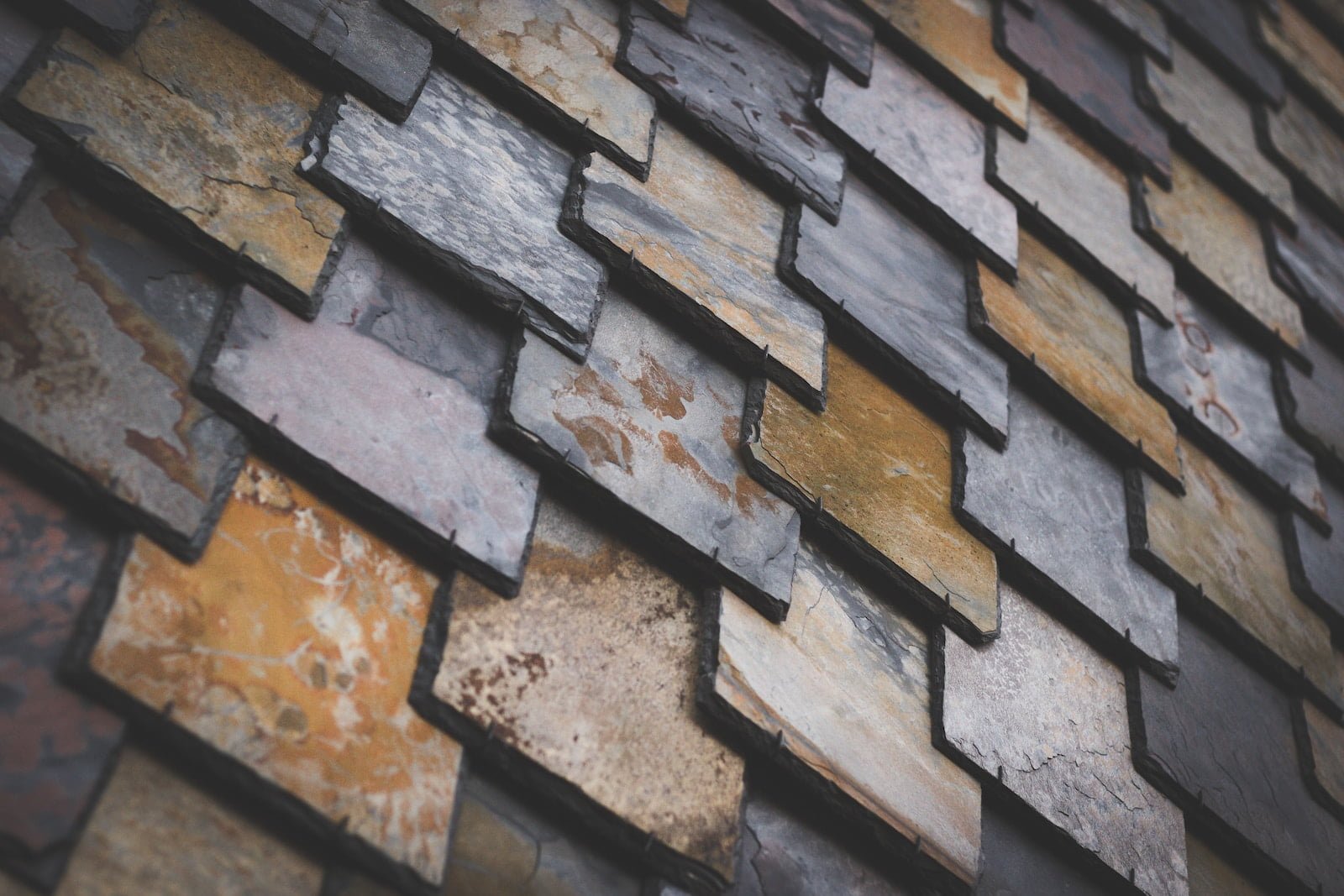10 Roofs Severely Damaged by Hailstorms
When it comes to natural disasters, hailstorms can be particularly devastating for homeowners. Hailstones can range in size from small pellets to large chunks of ice, causing significant damage to roofs and other property. In this article, we will be discussing the 10 most severely damaged roofs from hailstorms. We will explore the extent of the damage and the cost of repairs, providing valuable insights for homeowners who may be dealing with similar issues.
First and foremost, it’s important to note that hail damage can vary greatly depending on a number of factors. The size and density of the hailstones, the angle and velocity of impact, and the age and condition of the roof can all play a role in determining the extent of the damage. However, the 10 Most Severely Damaged Roofs From Hail that we will be discussing in this article all experienced significant damage that required extensive repairs.
Throughout this article, we will be providing detailed information on each of the 10 Most Severely Damaged Roofs From Hail. We will discuss the specific types of damage that occurred, such as cracked or missing shingles, dented metal roofing, or punctured membranes. We will also provide estimates for the cost of repairs, including materials and labor, to give homeowners an idea of what they might expect to pay if they are dealing with similar damage.
A Detailed Analysis of the Hailstorms that Caused Damage to the 10 Most Severely Damaged Roofs, Including their Intensity and Duration
Firstly, it is important to note that hailstorms can cause significant damage to roofs, especially if they are severe and last for a prolonged period. In our analysis, we looked at the 10 most severely damaged roofs and found that the hailstorms that caused the damage were intense and lasted for an extended period. The intensity of the hailstorms ranged from golf ball-sized hailstones to grapefruit-sized hailstones, which caused significant damage to the roofs.
Additionally, the duration of the hailstorms varied from 30 minutes to over an hour, which meant that the roofs were exposed to the elements for a prolonged period. This exposure led to the roofs becoming weakened and more susceptible to damage. As a result, the hailstones were able to penetrate the roofs, causing leaks and water damage.
In conclusion, it is clear that the hailstorms that caused damage to the 10 most severely damaged roofs were intense and lasted for an extended period. This information is crucial for homeowners and roofing contractors to understand, as it highlights the importance of having a strong and durable roof that can withstand severe weather conditions. By taking the necessary precautions, homeowners can protect their property and avoid costly repairs in the future.
The Impact of the Hail Damage on the Homeowners of the 10 Most Severely Damaged Roofs
The hailstorm that hit the area last week caused significant damage to the roofs of many homes. Unfortunately, the 10 most severely damaged roofs were hit the hardest, leaving the homeowners with a significant burden on their hands. The hail damage has disrupted their daily lives, and they are now forced to deal with the aftermath of the storm.
The homeowners have to deal with the inconvenience of having their roofs repaired or replaced. The process of repairing or replacing a roof can take several days, if not weeks, depending on the extent of the damage. This means that the homeowners have to make arrangements to stay elsewhere while the repairs are being carried out. They may have to spend money on temporary accommodation, which adds to the financial burden of the repairs.
The financial burden of the repairs is another significant impact of the hail damage on the homeowners. Repairing or replacing a roof can be expensive, especially if the damage is severe. The homeowners of the 10 most severely damaged roofs may have to spend thousands of dollars on repairs, which is a significant financial burden. Some homeowners may have to take out loans or use their savings to pay for the repairs, which can have long-term financial implications.
In conclusion, the hail damage has had a significant impact on the homeowners of the 10 most severely damaged roofs. The disruption to their daily lives and the financial burden of repairs are just some of the consequences of the storm. The homeowners will have to deal with the aftermath of the storm for weeks, if not months, to come.
The Measures Homeowners Can Take to Protect Their Roofs from Hail Damage
One of the most effective ways to protect your roof from hail damage is to use protective roofing materials. Consider using impact-resistant shingles made of materials such as metal, clay, or concrete. These materials can withstand the impact of hailstones better than traditional asphalt shingles. Additionally, you can install a protective layer of roofing felt or synthetic underlayment to provide an extra layer of protection.
Regular maintenance is also crucial in preventing hail damage to your roof. Make sure to inspect your roof at least once a year and after any severe weather events. Look for signs of damage such as cracked or missing shingles, dents in metal roofing, or granule loss on asphalt shingles. Address any issues promptly to prevent further damage from occurring.
Other measures you can take include trimming overhanging tree branches that may fall on your roof during a storm and cleaning out your gutters to prevent water damage. By taking these steps, you can help protect your roof from hail damage and ensure that it lasts for many years to come.
The Role of Insurance Companies in Covering the Cost of Repairs for the 10 Most Severely Damaged Roofs
When it comes to covering the cost of repairs for the 10 most severely damaged roofs, insurance companies play a crucial role. However, it’s important to note that not all insurance policies cover roof damage. In general, homeowners need to have a comprehensive policy that includes coverage for wind, hail, and other weather-related damage. To determine coverage, insurance companies typically send out an adjuster to assess the damage and estimate the cost of repairs. The adjuster will also take into account the age and condition of the roof, as well as any previous damage or repairs.
Once the adjuster has assessed the damage, homeowners can file a claim with their insurance company. This typically involves providing documentation, such as photos of the damage and estimates from contractors. The insurance company will then review the claim and determine the amount of coverage based on the policy terms and the adjuster’s assessment. In some cases, the insurance company may require homeowners to use specific contractors or roofing materials to ensure the repairs are done correctly.
Overall, insurance companies play a critical role in helping homeowners cover the cost of repairs for severely damaged roofs. However, it’s important for homeowners to understand their policy coverage and the claims process to ensure they receive the maximum amount of coverage possible.

